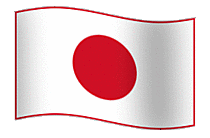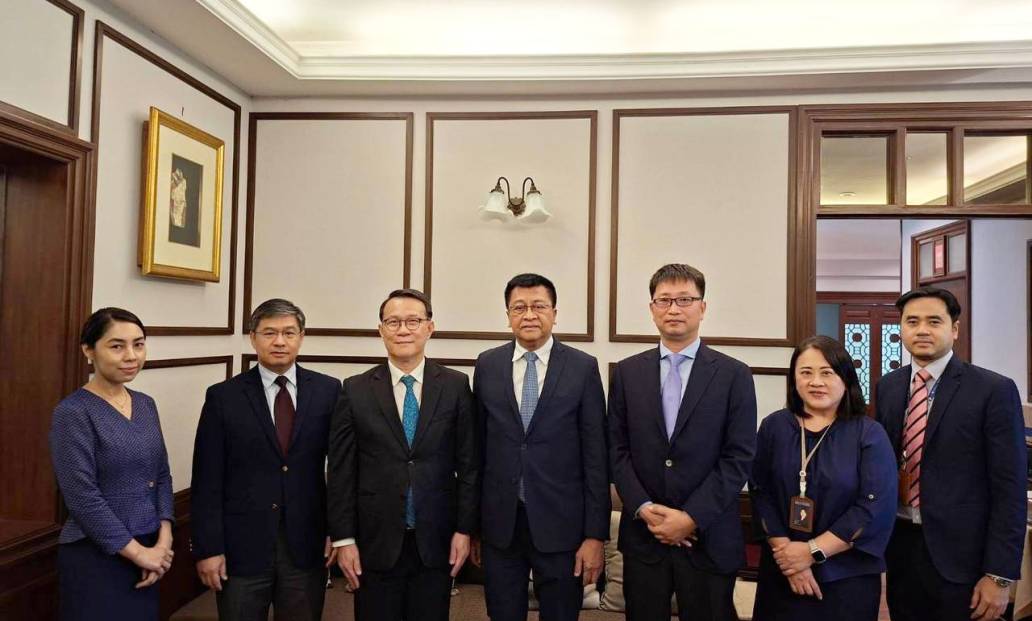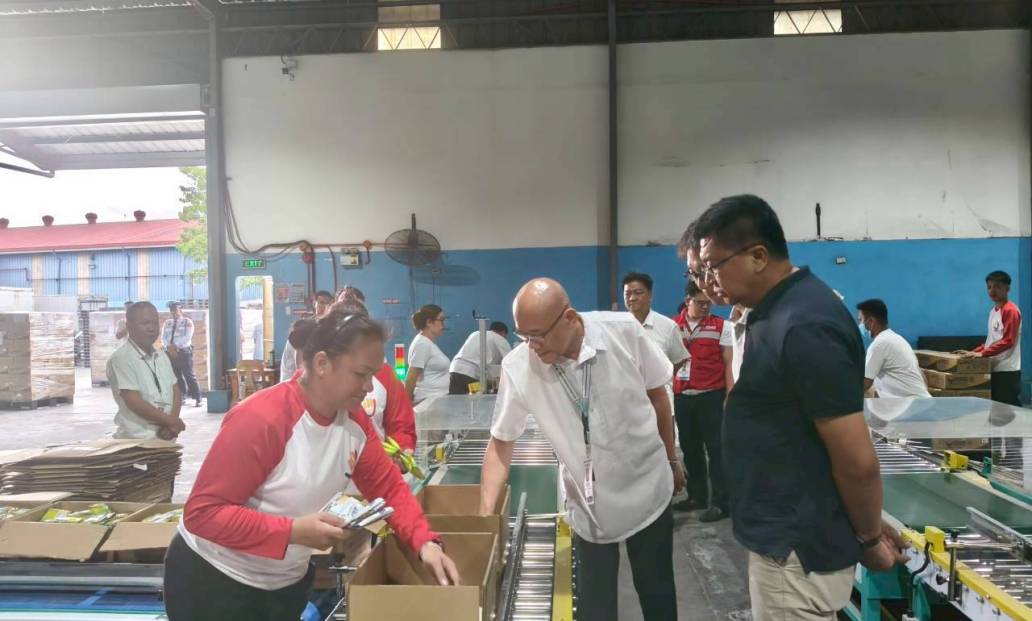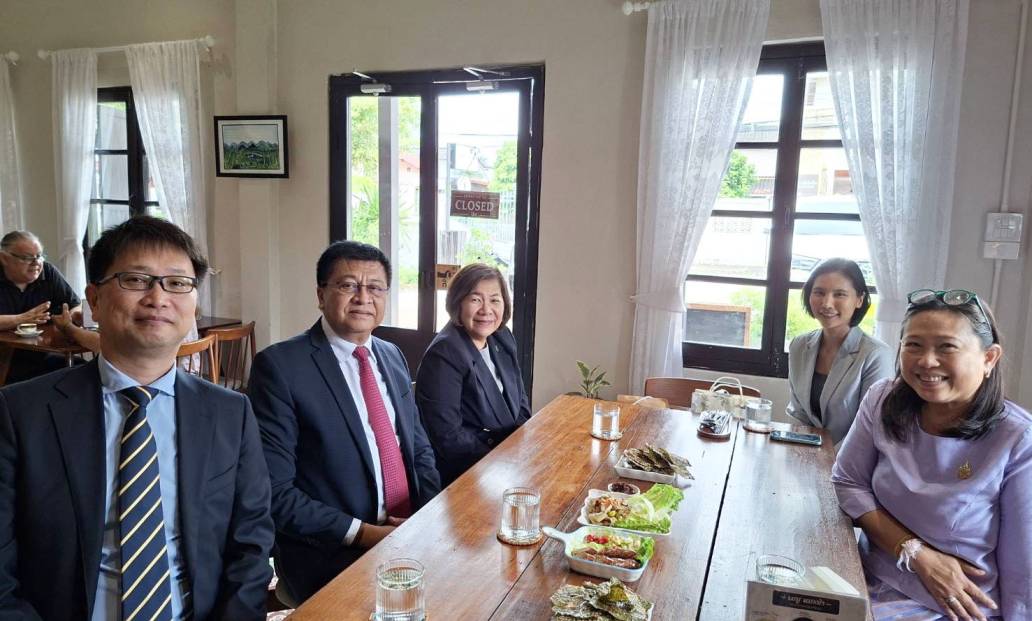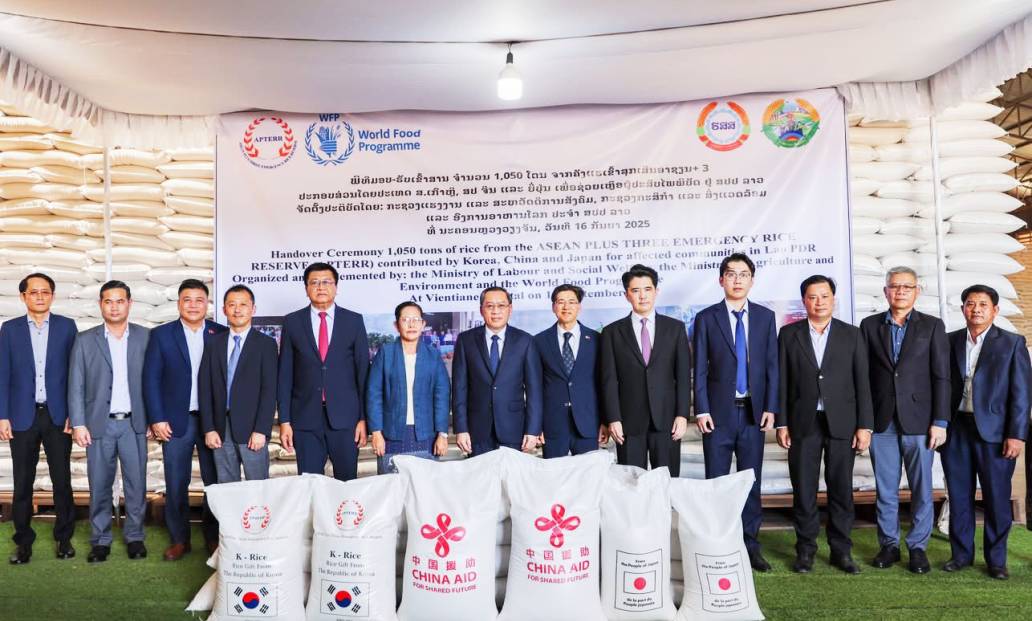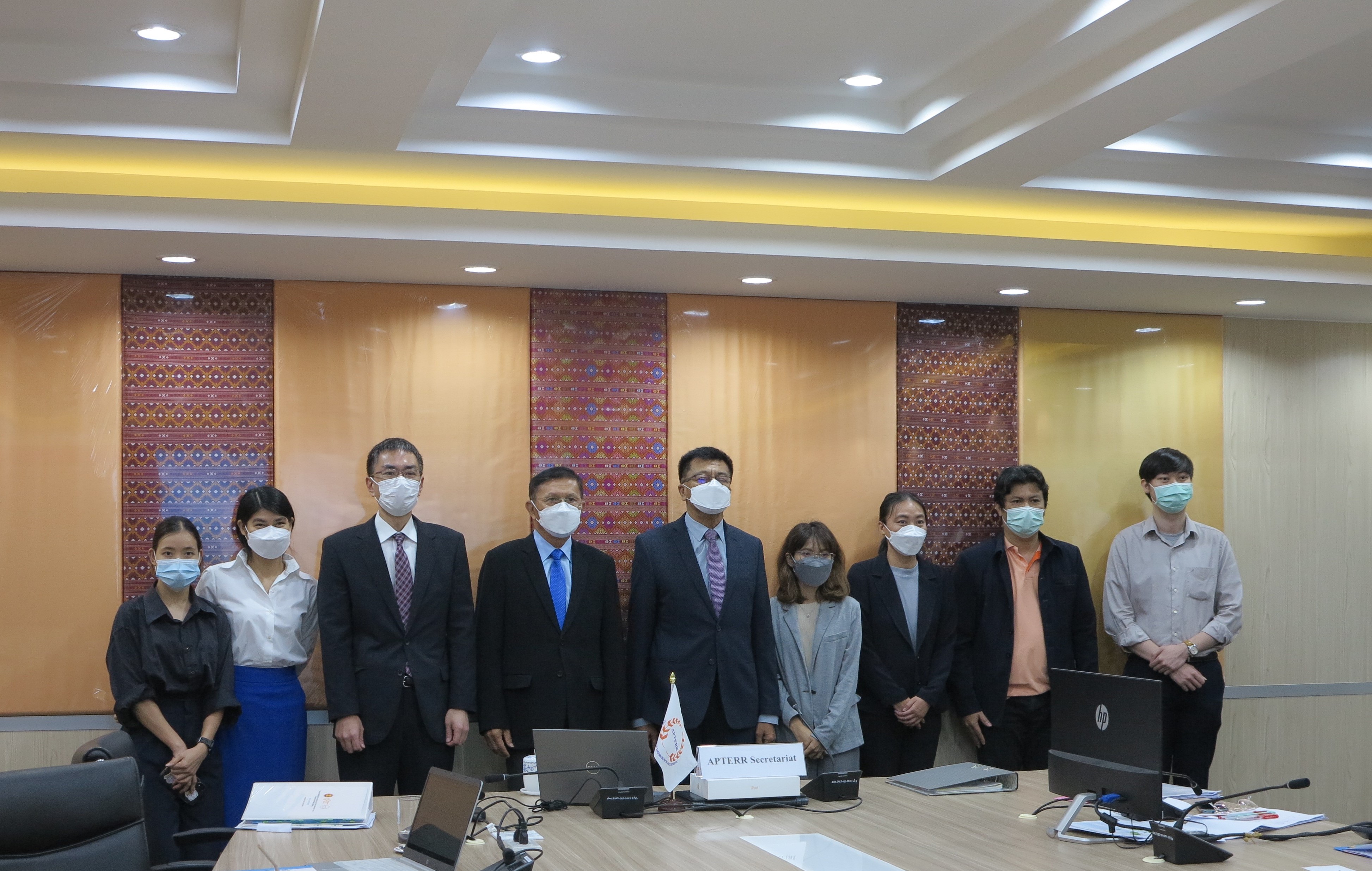
The virtual 10th Meeting of ASEAN Plus Three Emergency Rice Reserve (APTERR) Council ended with a great success on 25 March 2022 organised by the APTERR Secretariat, and hosted by the Singapore Food Agency (SFA), Singapore. The meeting was co-chaired by Mr. Kevin KHNG, Senior Director of International Relations Divisions, SFA and Mr. Taira Matsumoto, Director General of Crop Production Policy Department, Crop Production Bureau, Ministry of Agriculture, Forestry and Fisheries (MAFF) of Japan.
Several achievements of the APTERR were reported and approved in the meeting, especially the extension of financial contribution for the 3rd phase (2023-2027) to bolster regional food security through the APTERR mechanism. Furthermore, the APTERR Council expressed their appreciation to the current General Manager (GM) of the APTERR Secretariat, Mr. Chanpithya Shimphalee, for his hard work and dedication during six years of service in driving the APTERR Secretariat forward with strength and dignity, and also welcomed Mr. Choomjet Karnjanakesorn as a new GM who would take his position in May 2022.
Beside the 13-APTERR member countries, representatives from the ASEAN Secretariat, the ASEAN Food Security Reserve Board (AFSRB) Secretariat, and the ASEAN Food Security Information System (AFSIS) Secretariat also attended this significant event.
.
Photo credit: APTERR Secretariat,
Singapore Food Agency













